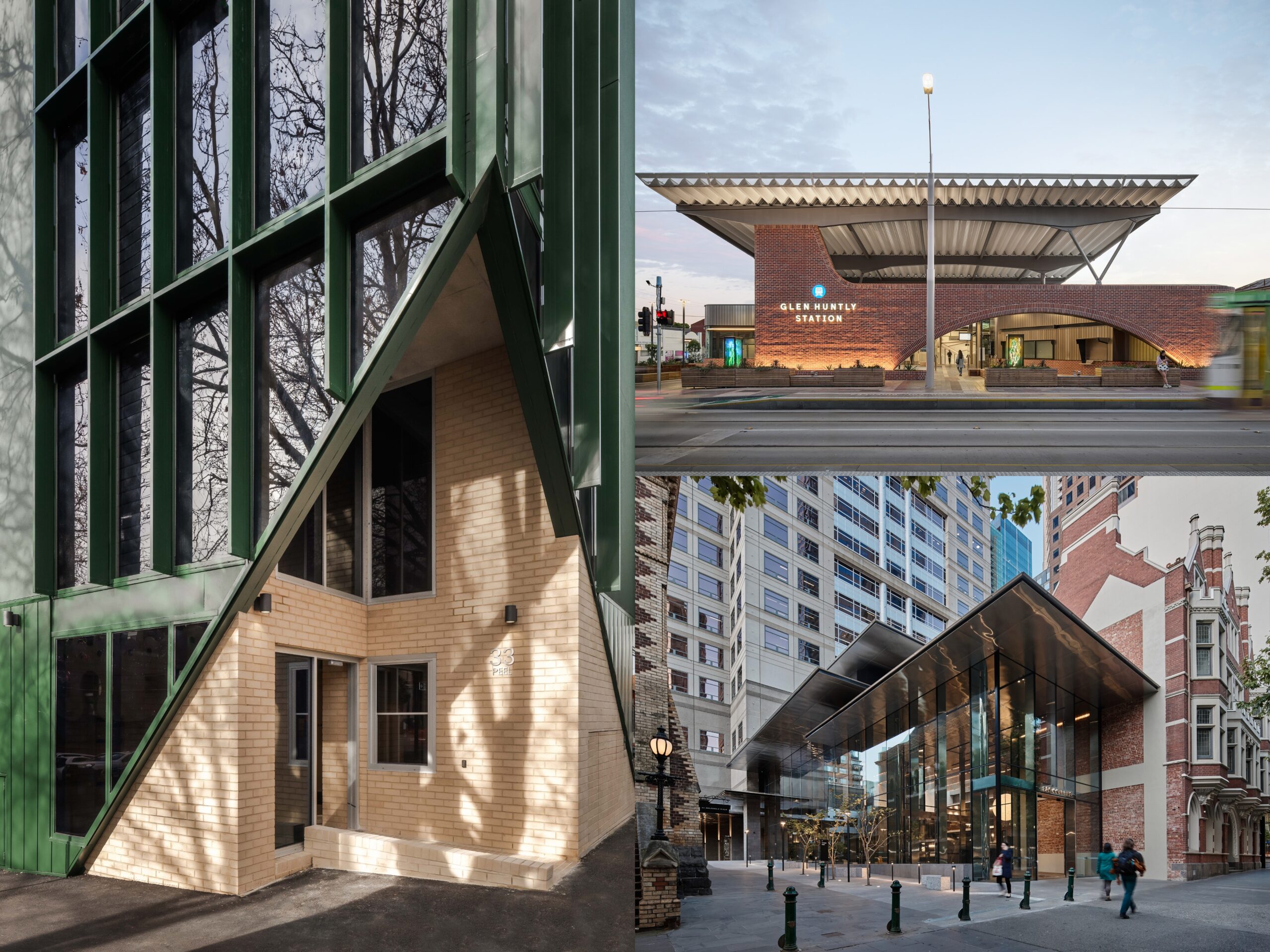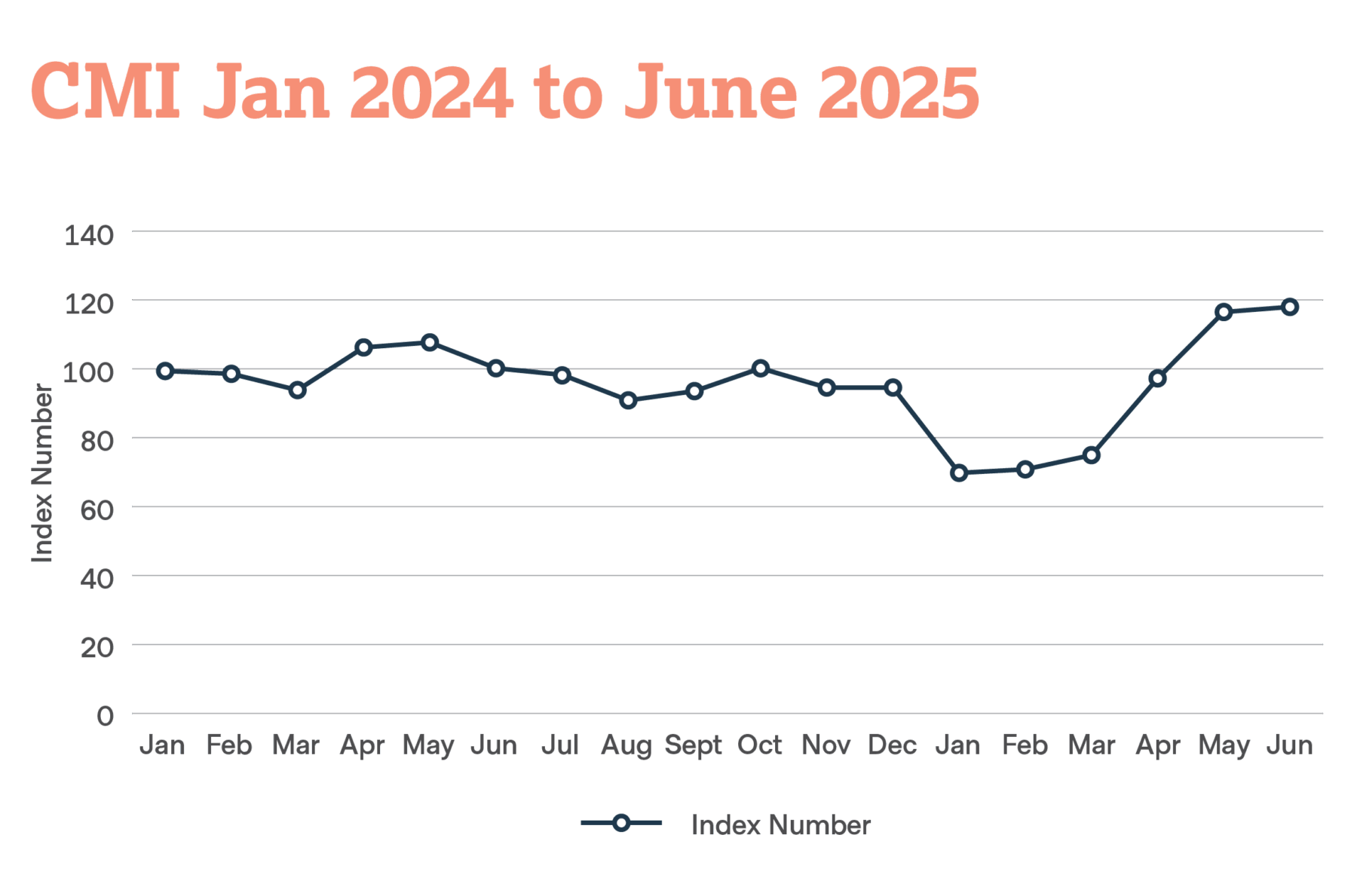Whilst ever Sydney & Melbourne house prices escalate by double digits the housing debate strengthens. Rightly so. There are genuine concerns about housing our workforce and our future generations which need to be considered. We need to continually consider land uses in our cities, where we build infrastructure, where we encourage employment, where we build housing and what types of housing we need. Our governments do a great job at setting the plans in place, however the ability to make changes is a much slower process as land is often hard and expensive to unlock. The debate very quickly focuses on the immediate challenge of a lack of affordability for our first home buyers. So what can be done to assist this. Affordability Affordability for our First Home Buyers in areas near to employment is one the key issues in housing our future. For this group there are really only three way’s to improve affordability; 1. Decrease their acquisition & holding costs 2. Increase the supply of housing 3. Decrease the demand for housing If the 3 levels of government signed a charter to do anything reasonable within their power to address the above 3 issues for key workers and first home buyers, housing could delivered at least 20% cheaper without impacting the operation of the normal market. Unfortunately politics will always prevent all levels of government from working this cohesively however i still believe that these objectives can be achieved. 1. Decreasing the Acquisition & Holding Costs Acquisition costs start with the cost of land and construction but also include the stamp duty, infrastructure contributions, sales & marketing costs and profit & risk margins. More efficient designs, higher densities, reduced approval times and zero infrastructure contributions for sites targeting specific affordability outcomes together with a host of other cost saving measures can reduce the cost per unit of a dwelling substantially. Government’s are often good at providing first home buyer incentives or stamp duty concessions however these often end up being absorbed by developers (because more people accessing the market, means developers can increase prices) and ultimately end up in escalating land values. These concessions need to be limited / targeted (not broad based). The cost of home ownership is not just about the entry cost but also the ability to fund the ongoing costs. The common discussion on ongoing costs revolve around the interest expense on a mortgage which is correct, particular in an environment when interest rates will rise. The best way to decrease the mortgage cost is to reduce the acquisition price however other holding costs can have a big impact on affordability. Expenses such as electricity and body corporate fees add to housing costs and are both likely to increase substantially over the short term. Residential buildings need to become more efficient and access to cheaper energy needs to be secured. 2. Increase the supply Price is always a factor of supply and demand. Supply is often constrained by regulations and processes. We don’t advocate reducing control, but eliminating inefficient processes can have a dramatic reduction in the cost and uncertainty of the development process. Some capital cities in Australia can deal with a major development application within 3 months whilst other cities with as complex an application will take 18 months. Major land developers will attest to this. Capital investment will ultimately chose the destination with the best return and cities which fail to address the process will continue to be aide the lack of supply. There are solutions to this. This week, the Victorian Government proposed a vacancy tax to encourage investors sitting on vacant homes and units to make them available to the market. It will be interesting to see how this impacts the market. Short term solutions do not however help fix the long term problem. Our cities don’t build sufficient quantities of the right dwelling stock to meet the growing demand for accommodation. Supply is also constrained by the availability of capital and recent moves by APRA to restrict lending to purchasers to avoid price increases also has an impact on reducing supply. In reaction to the funding issues, the Federal Government this week announced that it would make available low interest development funding for Community Housing Groups to assist in increasing supply of low cost accommodation. Targeted schemes like this can be efficient but will assist a small part of the market. 2. Decrease the demand Almost every person in Australia contributes to the demand for housing. We all need somewhere to live. Reducing demand is by far the harder act. Decreasing demand for housing can only occur by; 1. Reducing population growth of our city centres – This means super-charging decentralisation from the main CBD with improved infrastructure and employment and encouraging internal migration to those regions. In Sydney, the move to Parramatta (the geographic centre of Sydney), Newcastle and Wollongong and the improvements to infrastructure in those regions make a great deal of sense. Reducing overseas migration will also reduce demand in the cities, however this will also have negative consequences on other issues such as overall economic growth. 2. Increasing the number of people per household – The ABS Household Projections released in 2015, show that the number of lone person households is projected to increase by at least 1.3 million households from 2011 to 2036. That is 52,000 new households each year will be supporting a single person living alone. This increase primarily reflects changes in the age structure of the population and the fact that older women in particular are more inclined to be living alone than other people. The real problem is that single people often end up living in housing which can accommodate 3 or 4 people rather than downsizing to a smaller house to make way for a larger family to move in. Sometimes this may be to have provide space for family or guests, or because the sale of the house will affect future pension income or the new home is vastly more expensive or not in a local area. Arrangements which enable a single person to more easily relocate to a smaller dwelling would increase overall supply. 3. Limiting housing acquired for investment – Whether it is a foreign investor or a local investor, each house acquired for investment removes a house otherwise available for an owner occupier. There is a balance to this however as we also need to increase the stock of rental accommodation and thus managing investment stock is an equal challenge. Clearly the tax advantages given to investors has created an abundance of rental stock at the same time as pushing up the values which in turn increases rental demand. Reversing this scenario is not a pleasant thought for government as millions of Australian’s now own an investment property. Solutions There are no immediate solutions to improving overall affordability for First Home Buyers without a significant negative impact across the whole market however much more can be done to increase supply and reduce the cost for the First Home Buyer. We are working on understanding these issues and talking to various levels of government and industry and the opportunities to participate in the solutions are emerging. We hope to be able to share them with you in due course.



